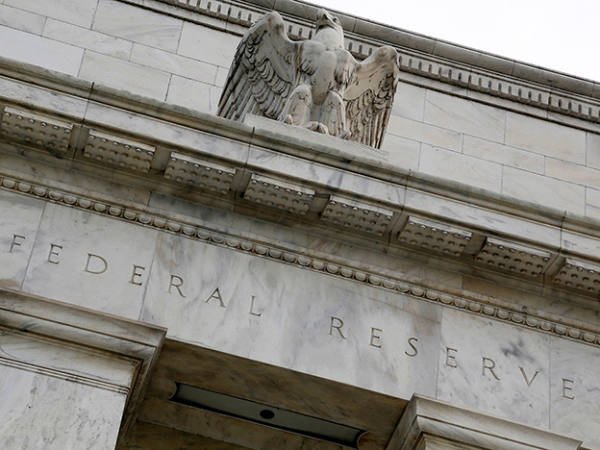We like to think that we are rational creatures: we even named our species 'homo sapiens' – wise man. Anybody who has ever seen a real human, however, knows that this is flattering. What distinguishes us from other species is not our wisdom but something else – our habit of telling stories. For this reason, communications theorist Walter Fisher proposed that we call ourselves homo narrans, or story-telling man.
This matters. In his new book, Narrative Economics, Nobel laureate Robert Shiller shows that it is stories, more than economists’ idea of rational maximisation, that drive economic activity. “Narratives cause economic events,” he writes.
This is true of the housing market. For decades, prices were driven up at least in part by stories – that bricks and mortar are a safe investment and a hedge against inflation, that our house is our pension, and that it’s important to get on to the housing ladder.
One fact tells us that narratives matter for house prices. It is that the market is prone to momentum: when prices rise they tend to rise further, and when they fall they fall further. Since 1991 (when Nationwide data began) there has been a strong correlation between house price changes in one 12-month period and those in the next 12-month period. The correlation coefficient has been 0.45. The equivalent correlation for the All-Share index has been 0.02. This is consistent with stories about house prices spreading in the same way that diseases do: Professor Shiller shows that the processes are indeed analogous. A story that has driven prices up (or down) in one period can spread to other people, and so drive prices up (or down) even more thereafter.
Which is a problem for anybody invested in the housing market today. The dominant narrative seems to have changed. It is no longer about how housing is a great investment but about how it is unaffordable for young people. I say 'seems' because we can’t quantify narratives: part of Professor Shiller’s book is a plea for measurement of them. And this is a bearish force.
Figures from the Nationwide next week are likely to show that house prices have been almost flat in the last 12 months, which means they have fallen in real terms. It’s not just Brexit uncertainty that lies behind this. So too does the perception that houses are unaffordable – a perception that is of course grounded in reality.
Whatever the reason, the mere fact that prices have been flat recently is a reason to suspect they’ll remain so – because there’s a lack of momentum.
History warns us that after house prices have been driven up too far they take years to correct themselves. It was not until early 2002 that prices (adjusted for inflation) returned to their 1989 peak. When a particular narrative takes hold – be it bullish or bearish – it can take years to dislodge it. What should worry housing investors is not so much that prices will crash – they rarely do in the short term – but instead that we’ll see a long period of weakness.










